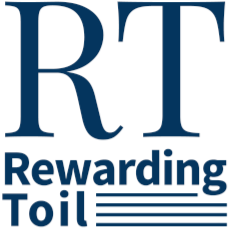 How do you know if it’s time to hire a business consultant? Consultants are typically an expensive investment. How do you know when you need to make it?
How do you know if it’s time to hire a business consultant? Consultants are typically an expensive investment. How do you know when you need to make it?
As a consultant, and as someone who has hired consultants, I think just about any design firm would benefit by hiring a consultant with experience in their field. But if you need more convincing, there is a way to take your firm’s temperature to see if getting business advice is worth the cost.
There are many benchmarks and business practices that are helpful for monitoring and maintaining your firm’s health. Part of my job as a consultant is evaluating where these benchmarks are being missed and digging down to find root causes in order to help firms trace out a path back toward health and productivity.
But here is one self-diagnostic that you can easily run. It’s called measuring your effective hourly rate. I’ve built a calculator that you can use to do this, but it’s really pretty simple math. You take your target rate which you bill your hours against (not a recommended practice) or that you use when putting together a quote (a much better practice). That’s your target rate, but your effective rate is what you actually earn per hour after taking all other expenses and unbillable time into account. If you are a freelancer, your target rate is probably in the $50-$90 per hour range. If you are a firm with employees, your target rate is probably in the $100-$150 per hour range. But that does not tell you what you are actually earning per hour. The calculator will help you factor in downtime, unbillable administrative time, professional development costs, and so forth.
As a rule of thumb most firms should aim for about 60% overall utilization of their resources. That is, when you add up all the possible hours available for working among all your employees, you should be capturing 60% of those hours on paid work. (Of course some employees will have higher utilization–designers and programmers for example–and some lower–salespeople and managers–but averaged together you should aim for 60% utilization).
So if your target rate is $125, your effective rate should be $75 (60% of the target). So go ahead and run the calculator and find out what your actual effective rate is–and then compare. Let’s say you do this and your effective rate is closer to $65 per hour. And let’s say you have just two employees. Quick math: working 47 weeks out of the year at 40 hours per week gives you 1,880 hours per employee. Two employees equals 3,760 hours. If you can make changes to get your effective rate up from $65 to where it should be at $75 per hour, you would gain $37,600 per year. However, I’m willing to bet that in most cases, when you run the calculator, you’ll find an even lower effective rate. And be honest, do you really only work 40 hours on average per week? When you adjust those values up your effective rate will drop further and the differential between your target and your reality deepens. And if you have more than two employees, there is all the more to gain by fixing this problem.
Often firms wait too long to get help. And as in medicine, early detection always results in the best outcomes. Unfortunately, by the time some firms starts experiencing obvious symptoms of low profitability, their condition may be too late to fix.
